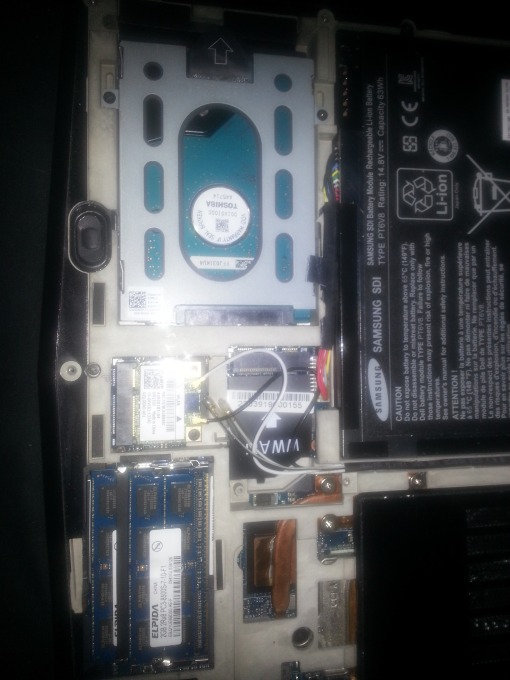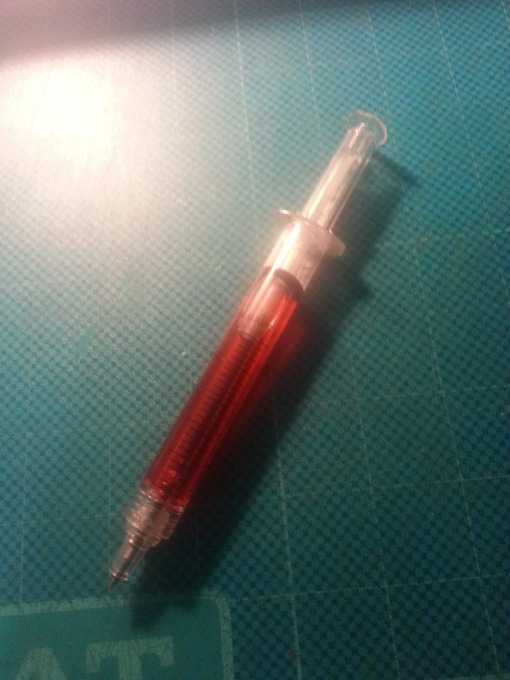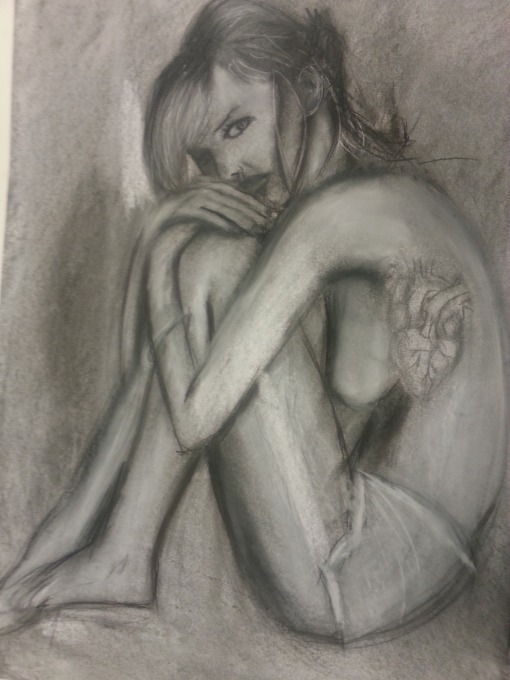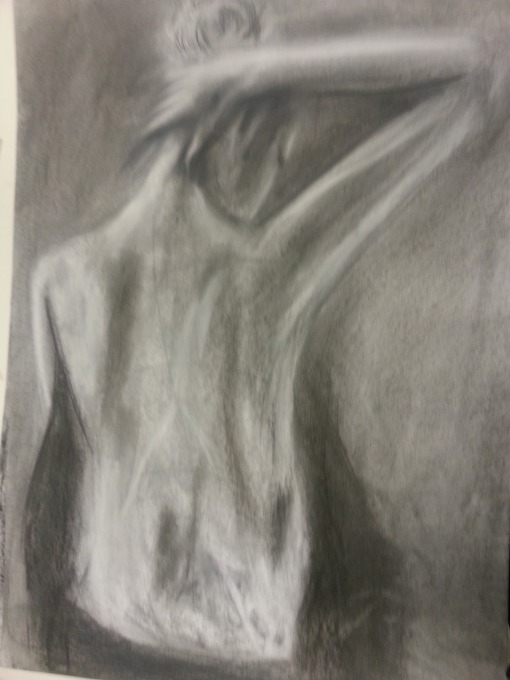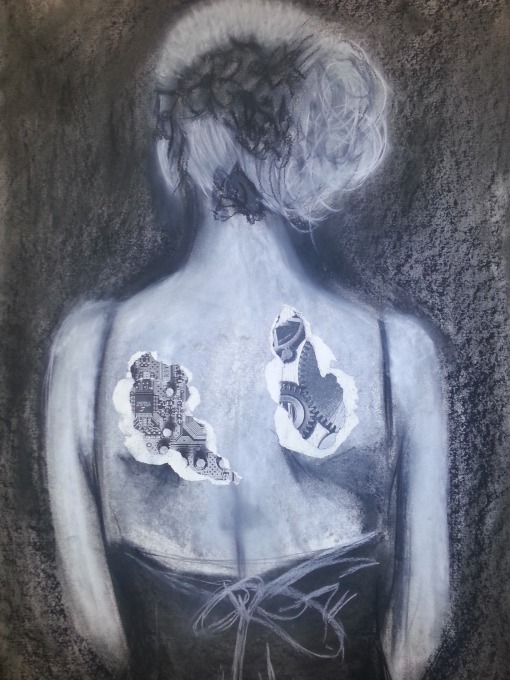ACCA- Á Rebours review
Pat Brassington has long been thought of as one of australias most important and influential image-based artists. This exhibition is a major show of Brassington’s 30 years of art-making and explores her ongoing visual language combining elements of surrealism and cinema aesthetic inspired concepts re-interpreted through photography. Brassingtons work involves reflecting on the human condition through images that, although confronting at times, are calm through Brassingtons use of soft textures and blurred subjects. Her images are surreal, with re-occuring symbols and subject matter such as body parts, fruit and hair. These organic, intimate subjects are the pathway she uses to the human psyche. When I was confronted with these almost real images of such familiar subjects I immediately found myself wanting to decipher them, not just out of curiosity but also out of what felt like a natural reaction to seeing body parts in such an abstract portrayal. The soft blurring Brassington employs, her signature style, makes the entire experience dream-like. Her work successfully blurs the boundaries of the real and imagined by sitting on the fence between creating figurative work and abstraction, which frees the photographic image from constraints of the real. Brassingtons stated aim has been to find ways to employ universal ideas about art into personal experience and through the use of intimate subject matter which breaks into abstraction through unusual and unfamiliar composition sparking questions of reflection and self-exploration she balances the two well.
-Steven Hadley


